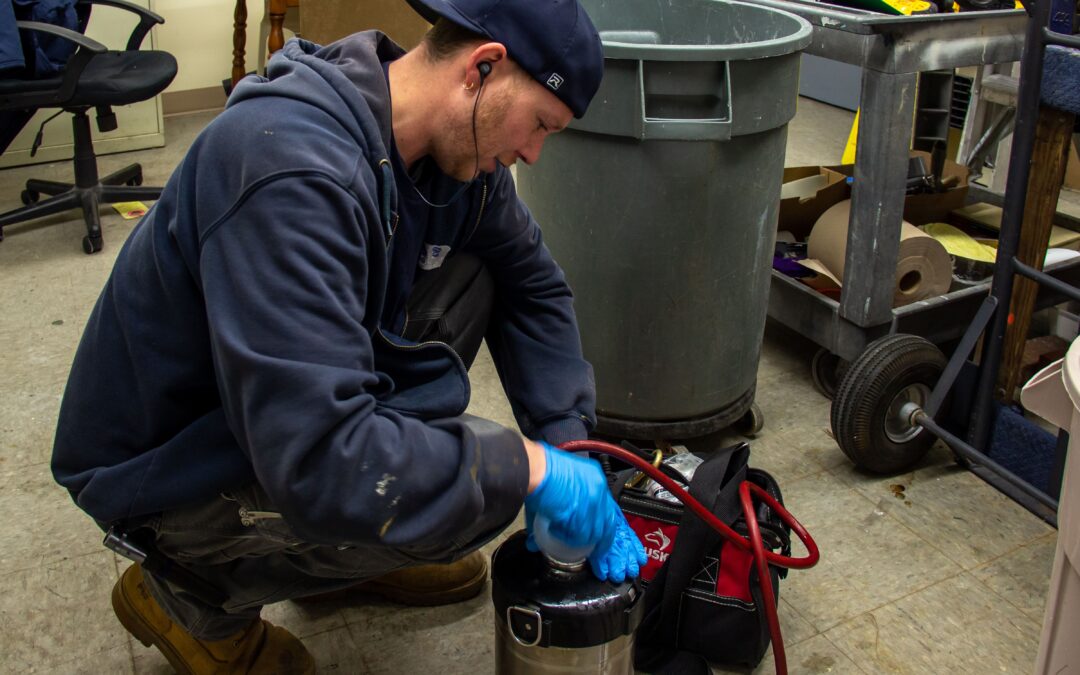Of all arthropod and rodent pests in the world, termites inflict the greatest amount of property damage. In the United States alone, subterranean and drywood termites are responsible for more than five billion dollars in damage to homes and buildings annually, and the vast majority of this damage is caused by subterranean termites. The eastern subterranean termite is easily the most destructive species in the US due to its wide distribution, which spans the entire eastern US and most states west of the Mississippi River. Unfortunately, this species is abundant in Massachusetts, but this has not always been the case.
Experts believe that eastern subterranean termites expanded their distribution range into more northern regions of the country after central heating became common within homes. Apparently, central heating has made the ground soil in and around urban and suburban areas warmer, and therefore, more hospitable to eastern subterranean termites. As a result, subterranean termite swarms became a common site in Massachusetts during the latter half of the 20th century. Although the frequency of termite swarms naturally varies in frequency from year-to-year, entomologists and pest control professionals claim that the rate of eastern subterranean termite swarms have been decreasing significantly in recent years.
In Massachusetts, reproductive subterranean termites (alates) take flight during May and June each year in order to establish new colonies within the ground soil. Alates are produced after a period of four to seven years following the establishment of a colony. While experts within both the academic community and the pest control industry agree that eastern subterranean termite swarms have been decreasing in frequency, the reasons for this decrease vary. Some experts state that fewer subterranean termite swarming events indicate a decrease in colony numbers, while others believe climate change to be the sole factor. Many in the pest control industry say that the decrease comes as a result of improved subterranean termite control tactics in residential and urban areas. One theory states that subterranean termite swarming events are cyclical, and the current dip in swarming rates could mean a massive increase in the years to come. The dramatic increase in preventative termite control methods, particularly termiticide perimeter treatments around homes, seems to be among the most popular explanations. Whatever the reason, homeowners are certainly not complaining.
Have you ever witnessed a termite swarm in or around your home?

